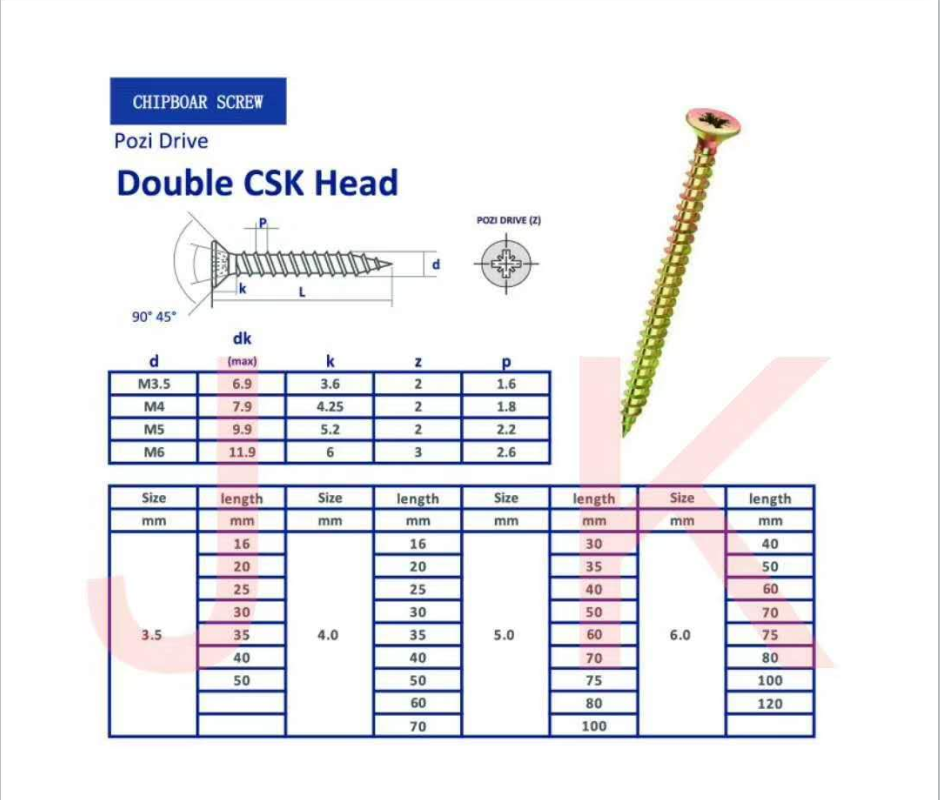compression spring washer manufacturer
Understanding Compression Spring Washers A Guide to Selection and Benefits
Compression spring washers are essential components in various mechanical assemblies and applications. They play a crucial role in providing tension, reducing friction, and ensuring reliable mechanical performance. This article delves into the characteristics, manufacturing process, benefits, and selection criteria for compression spring washers, aiming to provide a comprehensive overview for those in need of these components.
What Are Compression Spring Washers?
Compression spring washers are spiral-shaped washers designed to provide a compressive load when installed between two surfaces. Their primary function is to maintain pressure on the components they support, ensuring that parts remain tightly secured even under dynamic conditions. These washers are often used in assemblies where the nut or bolt is subjected to vibrations, thermal expansion, or other forces that could cause loosening over time.
Key Benefits of Compression Spring Washers
1. Vibration Resistance One of the primary advantages of compression spring washers is their ability to absorb shock and vibrations. This property minimizes the risk of fasteners loosening due to excessive movement or vibration.
2. Load Distribution These washers distribute the load evenly across the surface, preventing localized stress that could lead to material failure. This characteristic is especially critical in high-stress applications, such as heavy machinery or automotive components.
3. Compensation for Settling Over time, materials can settle or deform under pressure. Compression spring washers can compensate for this change, maintaining the required preload on the fasteners and extending the life of the assembly.
4. Easy Installation Compression spring washers are straightforward to install and require no special tools or skills. Their design allows for seamless incorporation into existing systems.
5. Variety of Materials They can be manufactured from various materials, including stainless steel, carbon steel, and other alloys. This versatility enables them to withstand different environmental conditions, from corrosive settings to high-temperature applications.
Manufacturing Process of Compression Spring Washers
The manufacturing process for compression spring washers typically involves several key steps
1. Material Selection The first step is selecting the appropriate material based on the application requirements, such as strength, corrosion resistance, and environmental conditions.
2. Blanking In this step, a flat washer shape is created from a sheet of the chosen material. This is often done using a die-cutting process that allows for high precision and repeatability.
compression spring washer manufacturer

3. Forming The blank is then shaped into its final form using a specialized forming machine. This step may involve rolling or stamping, depending on the design specifications.
5. Finishing Finally, the washers are subjected to finishing processes, such as polishing or coating, to meet specific surface finish requirements, improve corrosion resistance, or reduce friction.
6. Quality Control After production, the washers undergo rigorous quality control checks to ensure they meet industry standards and the specifications outlined by the manufacturer.
Selecting the Right Compression Spring Washer
When choosing the right compression spring washer, several factors must be considered
1. Application Type Identify the specific application and its requirements. Different applications may require different washer designs and materials.
2. Load Specifications Determine the load that the washer will need to support. This includes static and dynamic loads, which will inform the selection of size and material strength.
3. Environmental Conditions Consider exposure to corrosive elements, extreme temperatures, or other environmental factors that may affect the performance of the washer.
4. Size and Dimension Ensure that the washer fits appropriately within the assembly. Proper sizing is crucial for optimal performance.
5. Regulatory Compliance In some industries, specific standards and regulations must be met. Confirm that the chosen washer complies with all relevant regulations.
Conclusion
Compression spring washers are vital components that enhance the durability and reliability of mechanical assemblies. Their ability to absorb vibrations, distribute loads, and maintain consistent pressure makes them indispensable in various industries, including automotive, aerospace, and manufacturing. By understanding the benefits, manufacturing processes, and selection criteria for these washers, designers and engineers can make informed decisions that will contribute to the success of their projects. Working closely with reputable manufacturers ensures access to high-quality products that meet stringent industry standards.
-
Top Choices for Plasterboard FixingNewsDec.26,2024
-
The Versatility of Specialty WashersNewsDec.26,2024
-
Secure Your ProjectsNewsDec.26,2024
-
Essential Screws for Chipboard Flooring ProjectsNewsDec.26,2024
-
Choosing the Right Drywall ScrewsNewsDec.26,2024
-
Black Phosphate Screws for Superior PerformanceNewsDec.26,2024
-
The Versatile Choice of Nylon Flat Washers for Your NeedsNewsDec.18,2024










